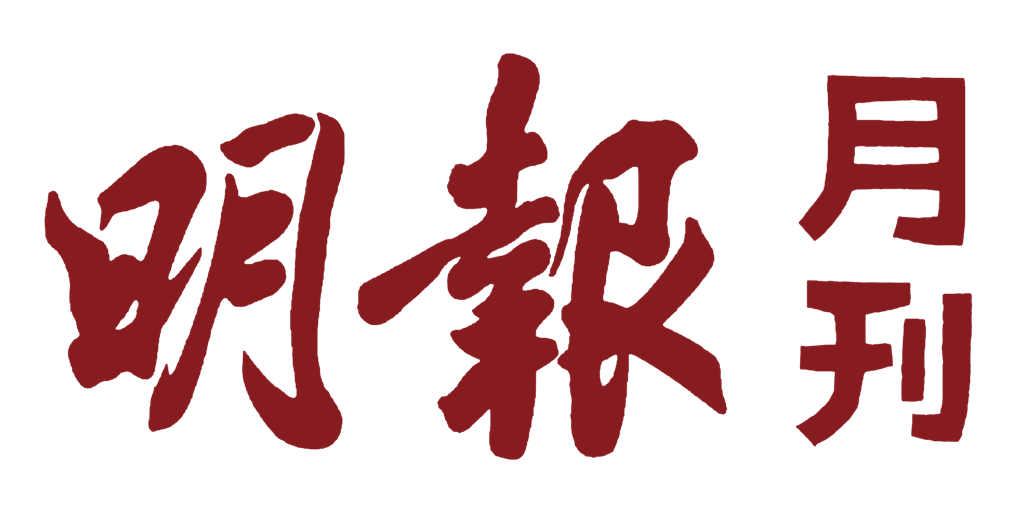語文.書話
去年暑假期間去看了《清明上河圖3.0》數碼藝術香港展,由故宮博物院及鳳凰衛視聯合推出。那真是一場視覺藝術的饗宴!科技與藝術的結合,令觀眾看到十一世紀北宋皇朝的大都市,其汴河兩岸的日常生活,展現了當時文化、經濟、社會的生態。更運用科技,令靜態的畫面變成動態的電影,各色人等從事各色各樣的活動,栩栩如生!
觀賞展覽之前,總會讀讀展覧指南,以便對策展理念、各色展品等等有個初步的認識,增加觀賞趣味。而觀後的樂趣則是詳讀小冊子中的文字。如果文字優美精確就會滿心歡喜,覺得替這樣的文化盛事增色不少。例如讀到「出品人寄語」中的最後一句,覺得中英文都給了這盛事一個很美的結語。
一朝步入畫卷,一日夢回千年。
A step into the scroll, a dream back to a thousand years.
中英文版本都文字優美,對仗工整。
《清明上河圖》的展覽指南包括「策展理念」(Curatorial Concept)及「出品人寄語」(Organisers’ Message),中英對照。我所關心的是英文部分是否可以對一般英語觀眾表達出中文裏的意思、文本是否清晰,甚至進一步,是否優美。我曾把英文文本傳給我的一位澳洲朋友,他是語文專家。他說這文本較為適合academic audience,對一般觀眾而言,文本不是很readable,而且有些意思也表達得不太清楚。例如在「策展理念」中開始的一段文字:
《清明上河圖》展現了一個十一世紀大都市北宋首都東京(即今開封)的文化、經濟和社會生態。
"Spring Time Along the River" is a rehpository of situated historical knowledge around the cultural, economic and social ecologies of a large metropolis in the 11th century, i.e. Dongjing, the capital of the Northern Song Dynasty that is today Kaifeng city.
譯者用了a rehpository of situated historical knowledge,似乎在一般文本中,尤其是一些展覽的說明中,這是較為少用的詞語。一般人可能會覺得historical knowledge為何是situated的呢?其實這樣的說法多數只出現在一些學術論文中,因為很多學者覺得某些現象或知識是建基於某些特定的時空,它們需要一個situation,所以應該說situated historical knowledge。但是對普通人來說,大可不必如此深入,我倒覺得用historical knowledge就很好。因為一個篇章中的Tenor極為重要。
根據語言學中Tenor的定義是:Tenor, the interpersonal aspect of the situational context, refers to the roles and relationships of the language users: the writer and reader, or the speaker and listener. These roles and relationships change according to variables such as status, degree of contact, level of expertise etc。簡單來說,Tenor建基於作者與讀者的角色及關係,一個篇章是為特定人物還是一般讀者而寫?情境、目的是什麼?需要正式的還是非正式的語氣?這些因素都是在Tenor的範疇中要考慮的。另外,關於rehpository,不知這字為何拼為rehpository,一般的拼音應該是repository,是手民之誤還是別的歐洲語言是如此拼音?在英文裏可都是用repository。
在此且讓我試試改寫上述文字,或可令一般參觀者讀來更覺簡單清晰、更readable一些:
"Spring Time Along the River" is a repository of historical knowledge around the cultural, economic and social ecologies of Dongjing, which, in the 11th century, was a large metropolis and the capital of the Northern Song Dynasty. Today, Dongjing is called Kaifeng.
該文本的第二段第一句中英對照如下:
畫作中的諸多細節體現了當時城市與社會的進步特質。
In the minutiae of its details, progressive values of urban and civic nature are here represented.
在這一句中,譯者用了另一個較不常用的字:minutiae。按照《牛津高階英漢雙解詞典》的解釋是very small details,似乎比details更detailed,其實相差不大,所以如果說In the minutiae of its details,那是tautology(贅述)了。可以只用minutiae,不過由於Tenor的問題,我倒覺得只用details就很好。而「當時城市與社會的進步特質」譯為progressive values of urban and civic nature似乎和原意也不盡相同,我提議下列這句,至少令人容易明白。
The details in the painting illustrate the characteristics of progress in the city and society at that time.
第二段的第二句中英對照如下:
社會生活的多樣性既體現在畫作中那些自然的、人為的、隨意的或精心設計的環境景觀方面,也體現在畫作所處的中世紀中國的繁華盛世與多樣化的社會分工方面。
Diversity is celebrated both in the monumentality of its environmental scape-natural, man-made, haphazard or "designed"-as well as in the social and occupational multiplicity which characterized the unparalleled prosperity of the Chinese empire during medieval times.
這一句子,無論中英文,可讀性實在不高!尤其是英文,什麼monumentality呀、multiplicity呀,看得人有些頭昏眼花。中文裏說「社會生活的多樣性既體現在……環境景觀方面」,英文裏卻說Diversity is celebrated both in the monumentality,令我看得有點莫名其妙,而且在the monumentality of its environmental scape-natural, man-made, haphazard or “designed”後面是否應該有一個名詞呢?
現在試譯如下,由於遷就英文結構,次序上作了一些調整,並把整段文字分成兩句,令讀者看時可以透一口氣!
The diversity of people's urban life is represented vividly in the multi-layered division of labour and in the landscape-both natural or man-made, and meticulously planned or randomly arranged. All of this illustrates the unparalleled prosperity of the Chinese empire during medieval times.
走筆至此,想到如今春暖花開,春風薰人,是否也有藝術家畫一幅香江繁華圖,讓我們那一度擁有的錦繡生活振奮人心,讓大家不再無知的受misinfodemic(misinformation-demic,錯誤資訊疫症)荼毒,可以正直的、理性的齊心抗疫呢?




